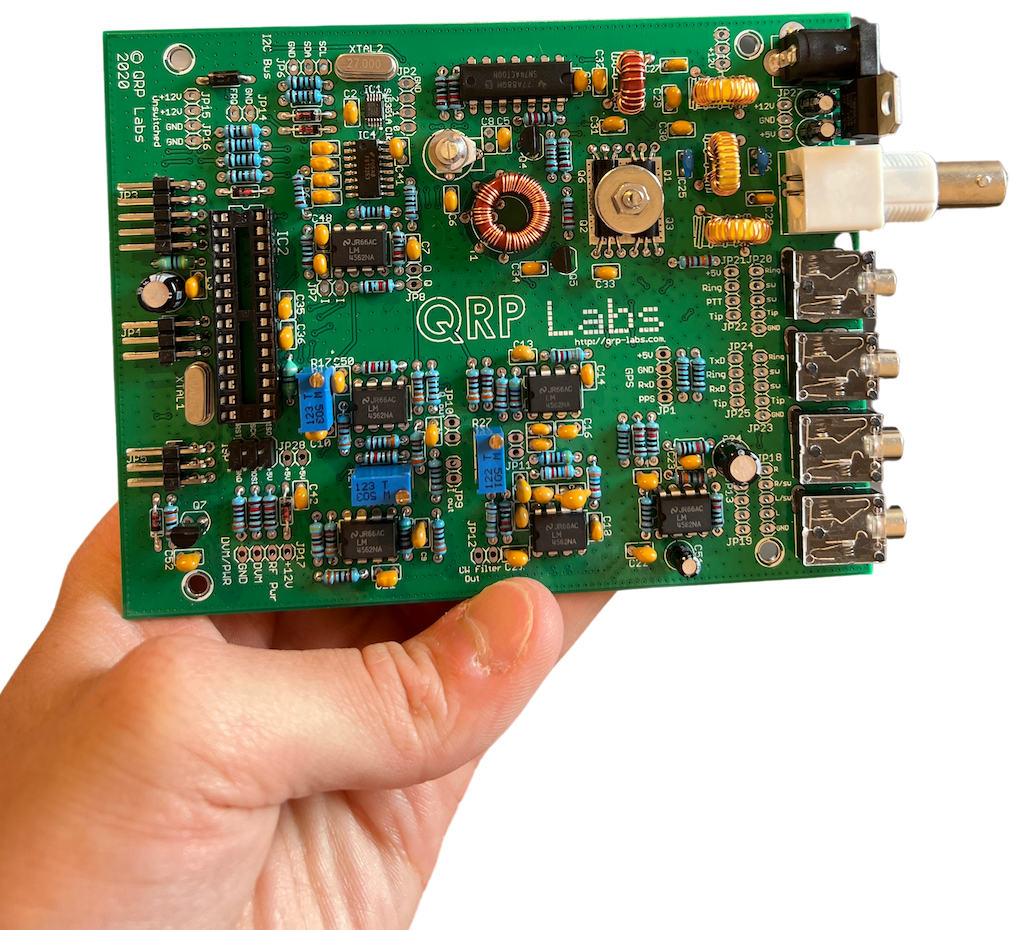Amateur radio, a hobby rooted in electronics experimentation, has been a part of my life since passing my Foundation Licence exam in 2011 and being issued with the callsign M6AQQ. Five years later, I upgraded to an Intermediate Licence, with the callsign 2E0TIE. I hope to continue to gain my Full Licence someday.
If you are reading this page as a result of us making a contact on air, then it is lovely to meet you! I'm afraid I am not currently accepting physical QSL cards, although I upload regularly to both QRZ and LOTW (except for portable contacts). If you'd like to contact me for any reason (which I would welcome), then you can do so by emailing andrew@northall.me.uk.
Aside from a few breaks, I have been operating regularly since I was first licenced. I've been privileged to make contacts with other amateurs on six continents, having had QSOs with operators as far afield as New Zealand, and with places as remote as the island of Saint Helena in the Southern Atlantic Ocean. Most of these contacts have been made via digital modes, particularly JT65 and FT8, although I do enjoy making voice contacts also.
I also activate SOTA summits whenever possible, which gives purpose to radio operation as well as providing me with reason to walk up big hills (if the hill simply being there isn't reason enough). These SOTA contacts are mostly made on the 2 metre band with my Yaesu FT5D and a Spectrum Communications Slim-G antenna at present, although I am attempting to learn morse code in order to make HF contacts from summits using my QRP Labs QCX+ transceiver. At the moment, I do not have a station at home, and SOTA has been my only mode of operation for the last few years.

Electronics and kit building has become an interest of mine more recently. Whilst I have enjoyed building antennas over the years, building full transceivers and complex kits had always seemed to be a serious undertaking that I was afraid to attempt. Eventually, I bit the bullet and built the kit pictured above, the QRP Labs QCX+ transceiver. My example of the transceiver delivers just under 5 watts output on the 40 metre band and receives well too!
The process of building the kit was very enjoyable — I learnt a lot from it, and greatly improved my soldering skills. Having it work perfectly after turning it on for the first time was hugely satisfying, especially after putting hours of careful and methodical work into it. Running WSPR on the kit at 5 watts has yielded spots from quite literally everywhere in the world, all while using a dipole which was partially laid on the ground — this truly exceeded all of my expectations. Now I just need to learn CW so that I can utilise the transceiver fully.
I've also built the QRP Labs QDX, a digital mode transceiver, as well as a 50W amplifier to go with it. These work very well and I've managed to make contacts across the world with them - including all the way down to Australia on just 5 watts of power. Hopefully, with some time and experience, I will be skilled enough to design my own circuits and equipment.
— 73 de 2E0TIE